|
Back in 2015 I published a blog called A Pint in Metro-Land, exploring the art deco and modernist-influenced pubs of the northern and western suburbs of London, which has proved to be one of our most popular blogs. Whilst researching and writing Modernism Beyond Metro-Land, our new guidebook to the southern and eastern suburbs, I was struck by how many interesting pubs there are in this region, so I thought it was time for a sequel to the original blog. So, let's go for a pint beyond Metro-Land! Modernism Beyond Metro-Land, will cover the boroughs form Waltham Forest around to Kingston-upon-Thames, so let's have a look at the public houses of the interwar years from this great swathe of London. The breweries of the 1920s and 30s wanted to overhaul the image of the pub, changing it from a dirty, dark place of drunkenness to somewhere light, spacious and family friendly. To do this they employed architects or even founded their own in-house design departments to produce pubs that the average, respectable citizen would be happy to be seen in. These new pubs were often built besides the new ring roads and bypasses being constructed at the time. Middle class families could take their newly purchased car out for a Sunday drive and have lunch at a suitable pub along the way. A nice example is the neo-Tudor style Daylight Inn in Petts Wood opened in 1935 by Charringtons Brewery, and designed by their in-house architect Sidney Clark. The Royal at Mottingham was sited beside the A20, which had been opened in 1923. It was designed by architect Arthur W. Blomfield for Watney, Combe, Reid & Co, opening in 1936. Its gently deco design makes itself known to the passing motorist with angled brick chimneys on two of its corners. Unfortunately, period details such as the original windows and the interior have been somewhat changed. A similar story can be told of The Dutch House, a nearby 1925 pub for Beasleys, that has at least had its frontage refurbished, now known as the Dutch House Cafe. In the Barkingside area of Redbridge is the former Dr Johnson pub, now a mini supermarket. It was designed by H. Reginald Ross for Barclay Perkins in 1938. Once again designed in a hybrid between the newer style of Art Deco and more traditional Arts & Crafts forms, the building features lovely touches such as the ironwork balconies and a stone relief of Dr Johnson, by Arthur Betts.The pub also featured an “off sales” section where customers could purchase alcohol to take out of the premises. Sometimes this was situated inside the main pub, but at the Dr Johnson it was a separate building, a one-storey unit with a pitched roof, now occupied by a barbers. In neighbouring Havering is The Sun public house, situated on London Road in Romford. This interwar pub was designed by A.E. Sewell, one of the most prolific pub designers of this era, for the Truman’s chain in 1937. Once again mixing styles modern and traditional, The Sun features a sloping tiled roof, tall brick chimneys and art deco decoration, with sun motifs and reliefs of eagles. Unlike many pubs of its era, The Sun is still serving customers. The Becontree estate in Barking and Dagenham was built between 1921 and 1935, home to a population of 100,000 people. Pubs were built for the inhabitants of the estate, both for drinking and to provide community activities, such as bowls, dancing, religious meetings and serving food. The Roundhouse, opened in 1936, was designed by the aforementioned A.W. Blomfield, and featured a bowling hall extension, a children's room and a tea room. As befits the name, The Roundhouse has a circular plan at ground floor level, and a T-shaped first floor topped by a square tower (originally home to a neon clock). Other pubs built to serve the community of Becontree included The Robin Hood (1929, T.F. Ingram), a neo-tudor style “superpub” demolished in 2005, The Fanshawe Tavern (1934 F.G Newnham, demolished 2000), The Cherry Tree (1933, C.C. Winmill and F.G. Newnham) and The Church Elm (rebuilt 1931 Edward Meredith, demolished 2008). Back south across the river are a few more pubs of interest. The Norbury Hotel (1937) in Croydon was apparently given the “Hotel” moniker, as the local population thought their area was too good for a “House”, “Inn” or “Tavern”. It was designed by Joseph Hill for Barclay Perkins, and featured a separate offsales shop, dance floor and cocktail bar. Sadly time has not been kind to the Norbury, and after various disfiguring extensions and additions, it lies dormant and fenced off, probably not long for this world. On the edge of the Berrylands estate in Surbiton is the Berrylands Hotel, another Joseph Hill design, this time from 1934 and for Hodgson’s Kingston Brewery. Happily it has weathered the years better than the Norbury, still serving customers in the 21st century. The building curves with the road, with a restrained brick facade and large rendered name sign. Inside, the pub originally had a separate ladies bar, a private bar and an off sales counter, now all combined into one space. The interior does still retain its waved cornices around the ceiling level though. Another Hill design, not far from the Berrylands, is the Duke of Buckingham in Kingston upon Thames (1932), again for Hodgson’s. The three-storey building sits on the junctions of Villers Road and Grove Lane, to the east of Kingston town centre. It has a lovely arched doorway, with the Hodgsons crest still displayed above. The pub is set out in a wedged-shaped plan, and the interior features a semi-circular lobby and half height wood panelling. The Public House, once a staple of neighbourhood life, is under increasing pressure from increased costs, the long term effects of the Covid lockdown and a generational turn away from public drinking, with many having closed or been demolished. The modernist or art deco pub was a rare creature among the Brewers Tudor and other throwback styles of the interwar years. Hopefully these examples we have described will survive in some form for many more years to come. A number of the pubs in this blog will be included in Modernism Beyond Metro-Land, our new guidebook to the art deco, modernist and brutalist buildings of London’s eastern and southern suburbs. Follow THIS link to sign up and get your copy. References
The Urban and Suburban Public House in Inter-War England 1918-39: Historic England Report Buildings of England London East CAMRA Pub Heritage site
0 Comments
Leave a Reply. |
Archives
May 2024
Categories |
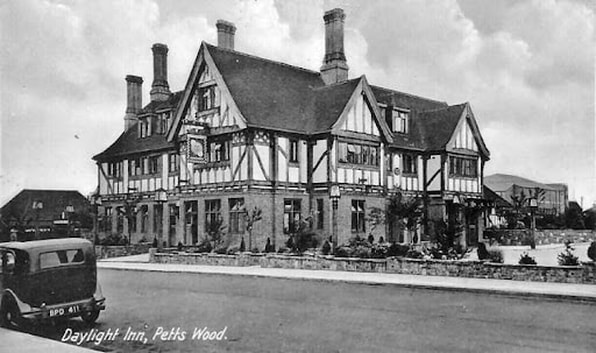
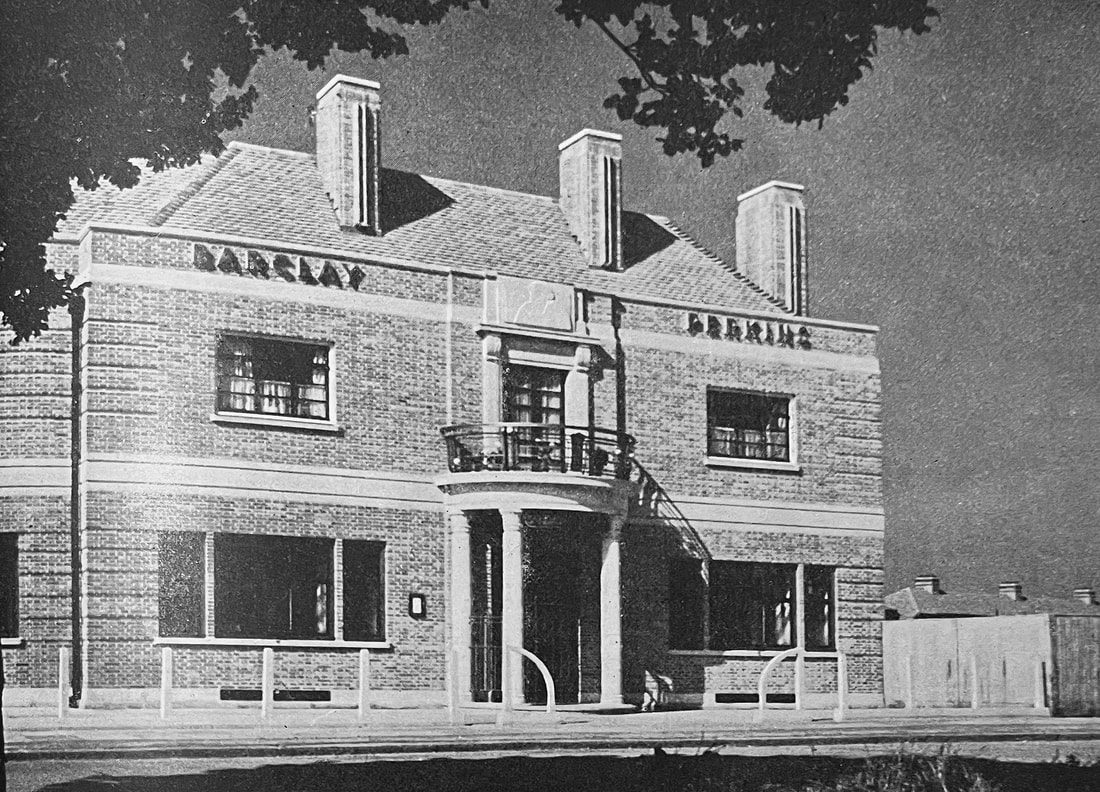
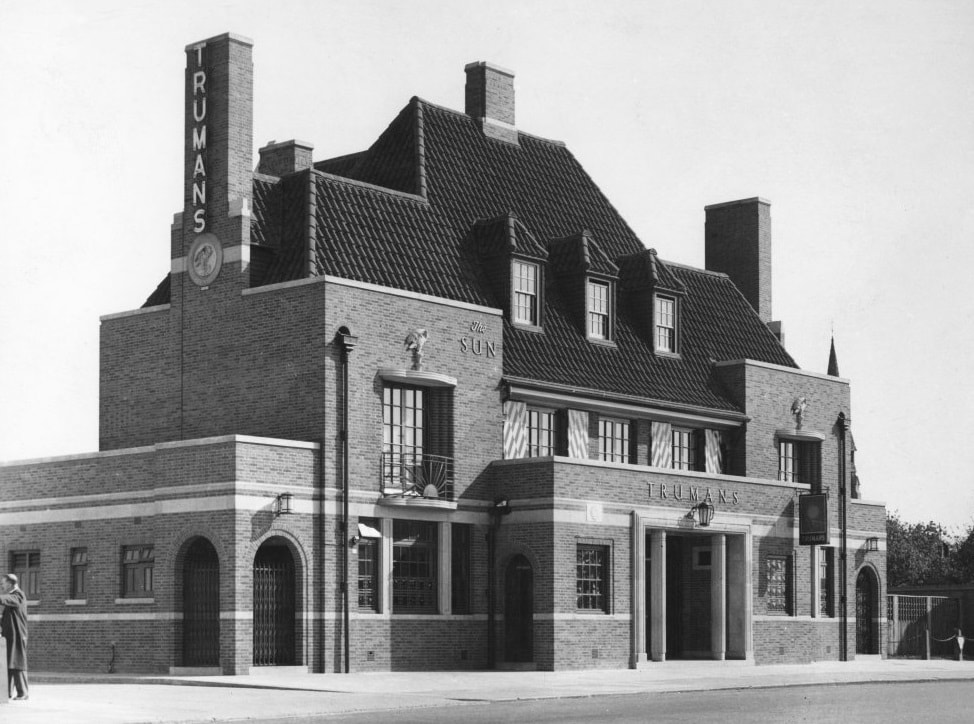
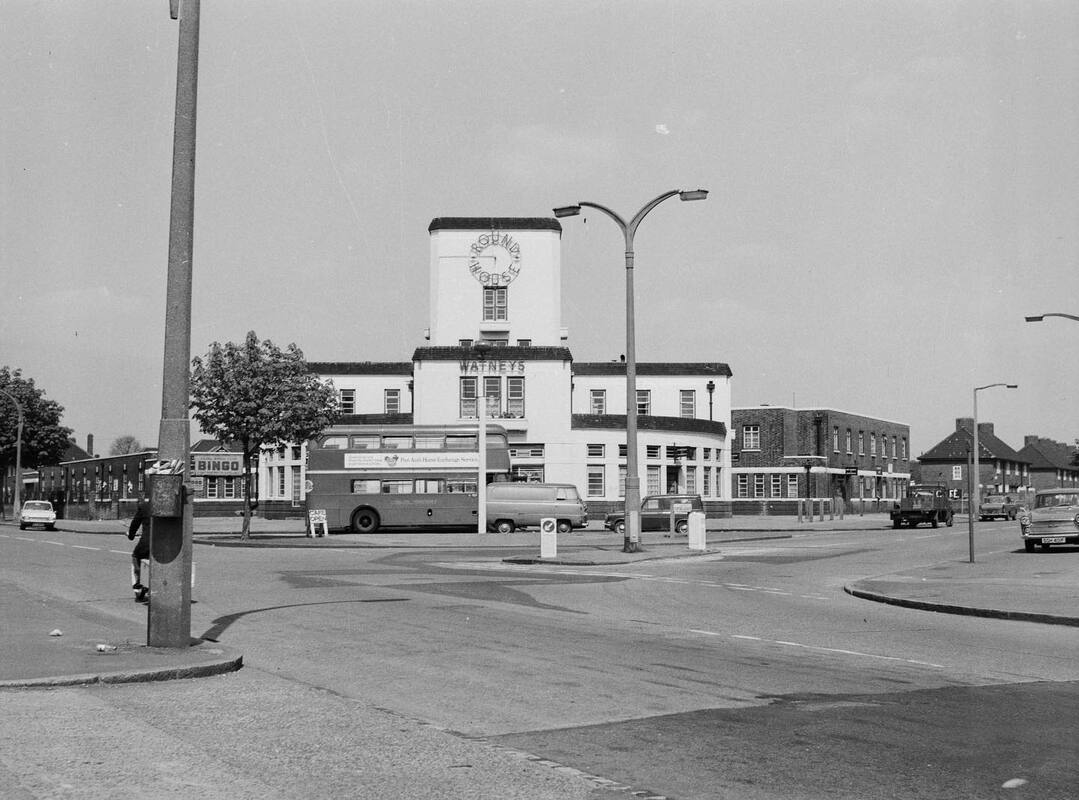
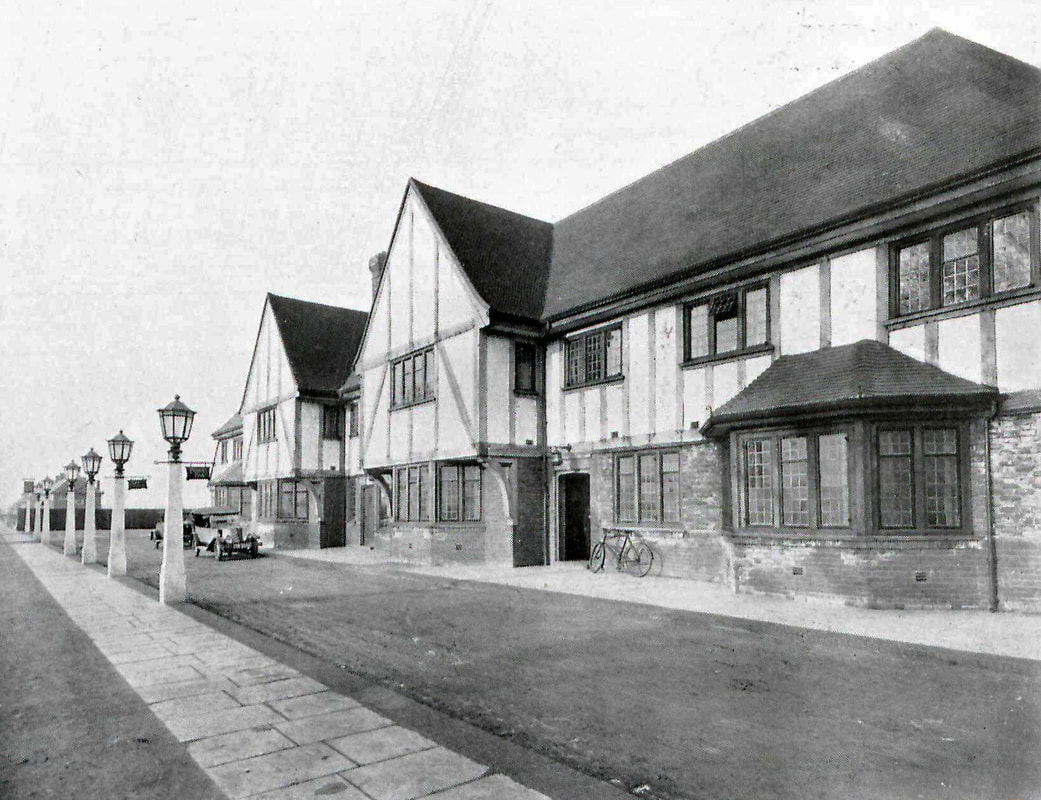
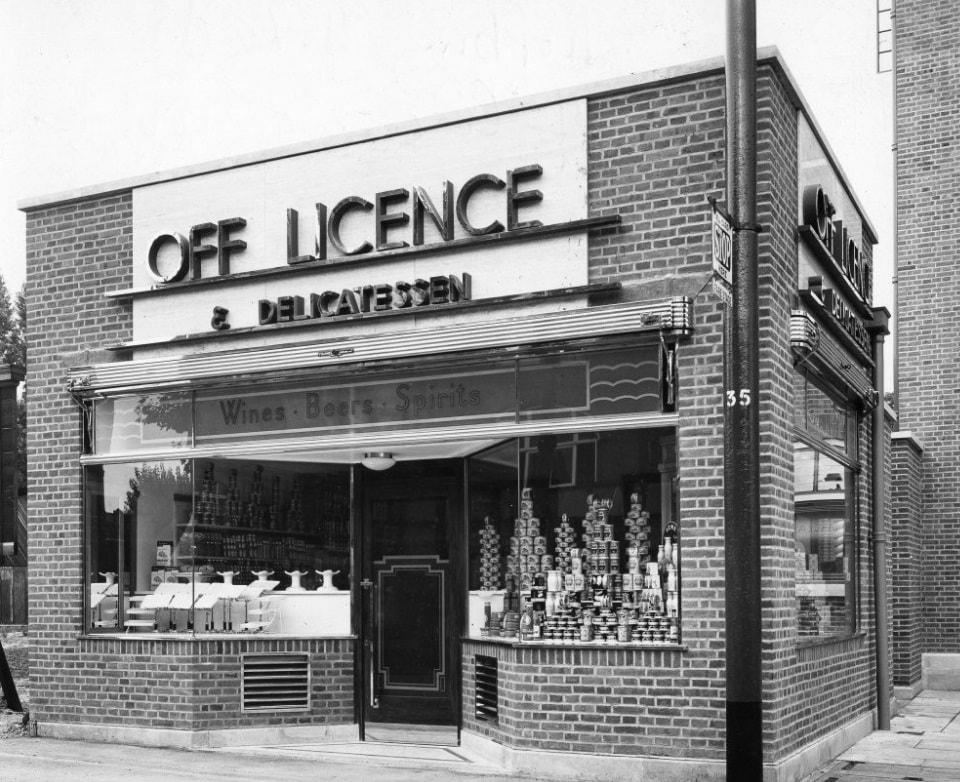
 RSS Feed
RSS Feed